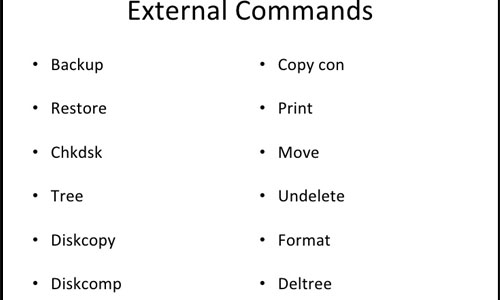

Type in the dir in the CMD and you’ll see a list of files and folders inside the parent directory. So, it doesn’t matter if you type “ D:” or “ d:”-CMD will interpret both of them as the same.Īnother command that deserves special mention is the dir command. So, if you’re in the “ C:” drive right now, and you’d like to move into your “ D:” drive, just type in “ D:” in the CMD and hit Enter.Īnother thing to keep in mind is that the CMD is case-insensitive, meaning that it treats capital and small case letters as the same. If, in contrast, you want to change your directory altogether, then you’ll have to type the drive name, followed by. So, go into your Command Prompt, type cd.

Alternatively, instead of going straight to the root directory, you can also go back to the previous folder by adding.If you have multiple directories with similar names (say files 1, files 2, files 3, etc) keep hitting the Tab key, and Windows will cycle through the possible matches.



 0 kommentar(er)
0 kommentar(er)
